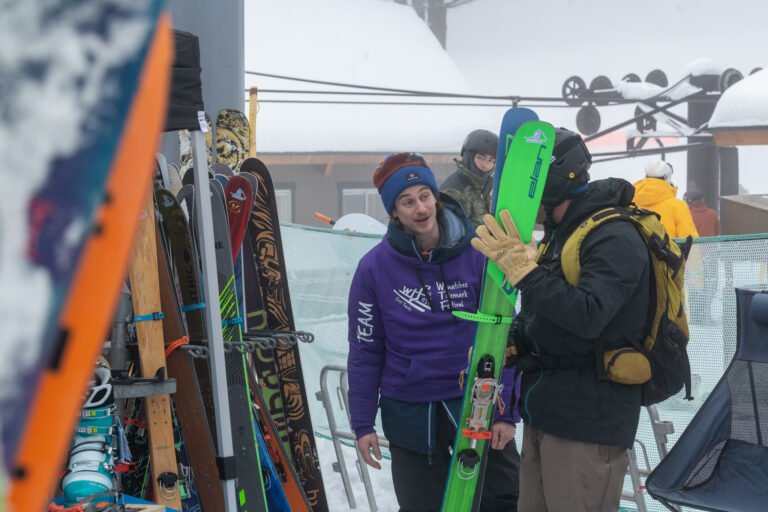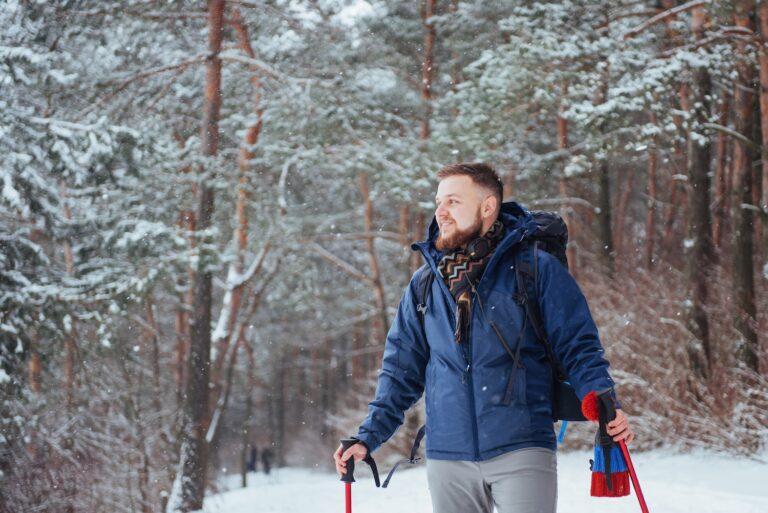Fallen Giants: The History Of Himalayan Mountaineering From The Age Of Empire To The Age Of Extremes
Maurice Issleman and Stewart Weaver,
Yale University Press, 2008, 592 pages
Issleman and Weaver’s massive tome summarizes Himalayan mountaineering in general the same way Michael Ward described Mt. Everest in his 2003 book Everest: A Thousand Years of Exploration. Though narrowed in focus to the Himalaya, Fallen Giants reprises James Ramsey Ullman’s The Age of Mountaineering in a summary of mountaineering achievements through the book’s publication in 1954.
Nick Clinch, leader of the successful 1958 American Hidden Peak expedition, and past president of the American Alpine Club says of Fallen Giants, “This will be the definitive history of mountaineering in the Himalaya, clear, free of jargon, and readable, and so thorough that it will not be worth anyone’s time to repeat this effort.” A bit overstated, but still a fair assessment of the research invested in creating this massive work. In two or three decades there may be enough new material to warrant another book. But, for the history of events through the first half-decade of the 21st century Fallen Giants will be the reference standard. The generous use of illustrations and probing assessment of the social and political changes that have occurred in mountaineering in the last century sets Fallen Giants apart.
The book recounts the familiar: Himalayan exploits like the British expeditions to Everest from the days of Mallory to the success of Hillary and Tenzing in 1953 and the first ascents of the 8000 meter peaks. More importantly, stories of lesser known activities like Martin Conway’s first Himalayan expedition in 1892 and Fanny Bullock Workman’s explorations in the Karakoram in the early 19th century.
Though an important research work the book is almost too big to be one’s reading choice for lounging on the beach during summer or sitting by the fire in winter. Rather, except for the hard core mountaineering reader, this is a book to be savored over the long term; read a chapter when the spirit moves you then move on to something lighter.
Stan Miller
Olympic National Park Pocket Guide
Levi T. Novey,
Falcon Guides, 2008, 96 pages
Year after year, Falcon books publishes top-quality outdoor guidebooks. Yet, even as the depth and width of their guidebooks selection grows, they can’t keep pace with the Internet and all of the outdoor data found online. In many cases, trailhead directions, a few trip reports and relevant information about road conditions, backcountry permits, even weather, can be found with simple Google searches.
The new Olympic National Park Pocket Guide doesn’t necessarily compete with that information, it supplements your trip with the most pertinent information AND it includes two very valuable pop-out maps. No need to stare at a tiny navigation screen with a weak signal since you’re in a remote area. No need to bring 2 maps—one for driving and one for trails. No need to leave the book at the car due to weight or size, since this one weighs less than two BumbleBars. Best of all, its only $9.95. I applaud Falcon for the entire National Park Pocket Guide series.
This doesn’t replace an in-depth guidebook. You still need further instructions in order to select a hike or a climb, and I suspect most people visiting the Olympics for more than two days need a little more information about distances, park resources, and seasonal restrictions. Essentially, the lightweight and compact size hinders the book from providing more than the bare minimum. But I suppose that’s what most drive-by, National Park visitors want.
All in all, the guide features the key things you’ll need to get the most out of a short visit. An overview of outdoor activities, local flora and fauna, and a light history of the peninsula are included, as well as useful driving information to help you navigate in and outside the park. There are a couple pages dedicated to family activities, and a few pages to help with dining or lodging in Port Angeles. If you just need the basics, distilled into an inexpensive, pocket-sized package, than this guide is perfect.
Jon Jonckers













